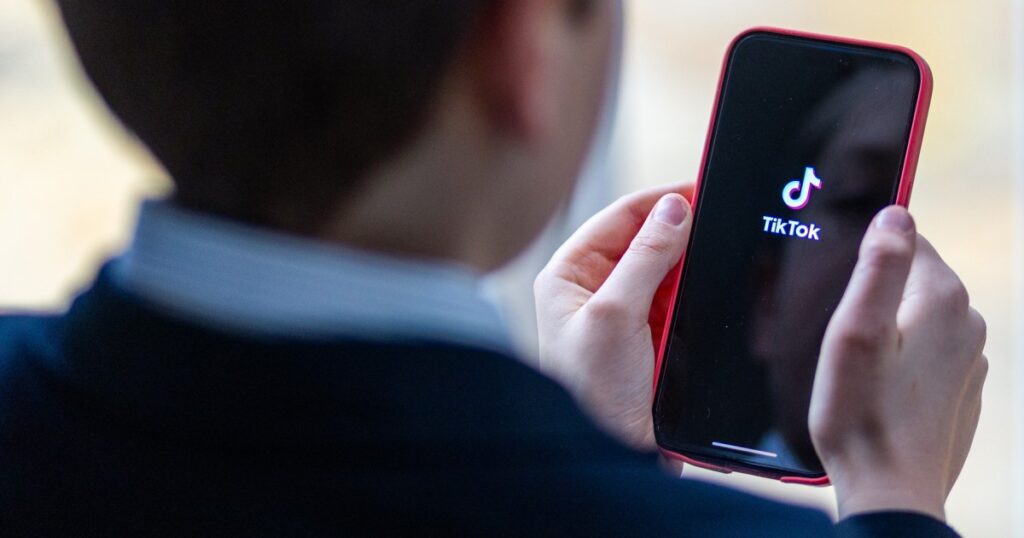If all goes according to plan, in roughly 24 hours, the Republican-led House will vote on a bill that would require Chinese company ByteDance to either sell TikTok or face a ban in the United States. As an Associated Press report on the effort noted, the legislation cleared committee on a rare unanimous vote, but its fate on the House floor remains to be seen.
Given the broader circumstances, it’s likely that many members of the GOP majority will want to align their votes with Donald Trump’s position. The trouble is, the former president has taken more than once position — and they tend to contradict one another.
To be sure, up until fairly recently, Trump’s position was relatively clear. In 2020, for example, the Republican announced plans to ban TikTok in the United States, and an executive order soon followed. That policy ultimately failed in the courts, though the former president made no effort to hide his belief that the app should not exist on Americans’ phones.
And then he changed his mind.
That, in and of itself, doesn’t have to be seen as controversial. Politicians and candidates sometimes reverse course — remember Trump supported abortion rights? — in response to new information. What matters, of course, is the motivations behind the shifts.
In this case, why did Trump flip-flop on TikTok? My MSNBC colleague Zeeshan Aleem noted:
Nobody knows what’s caused his shocking reversal, but a week ago Trump had a meeting with [Jeff Yass] an ultrawealthy hedge fund manager who has a multibillion-dollar stake in ByteDance, and could theoretically be a potential future donor. Trump is nothing if not transactional.
During a CNBC appearance yesterday, the former president noted his executive order that effectively would’ve banned TikTok, before quickly adding, “I didn’t push them too hard.” If that sounds like a position that doesn’t make a lot of sense, it’s because his on-air comments were largely incoherent.
It was only natural to wonder…
Read the full article here





